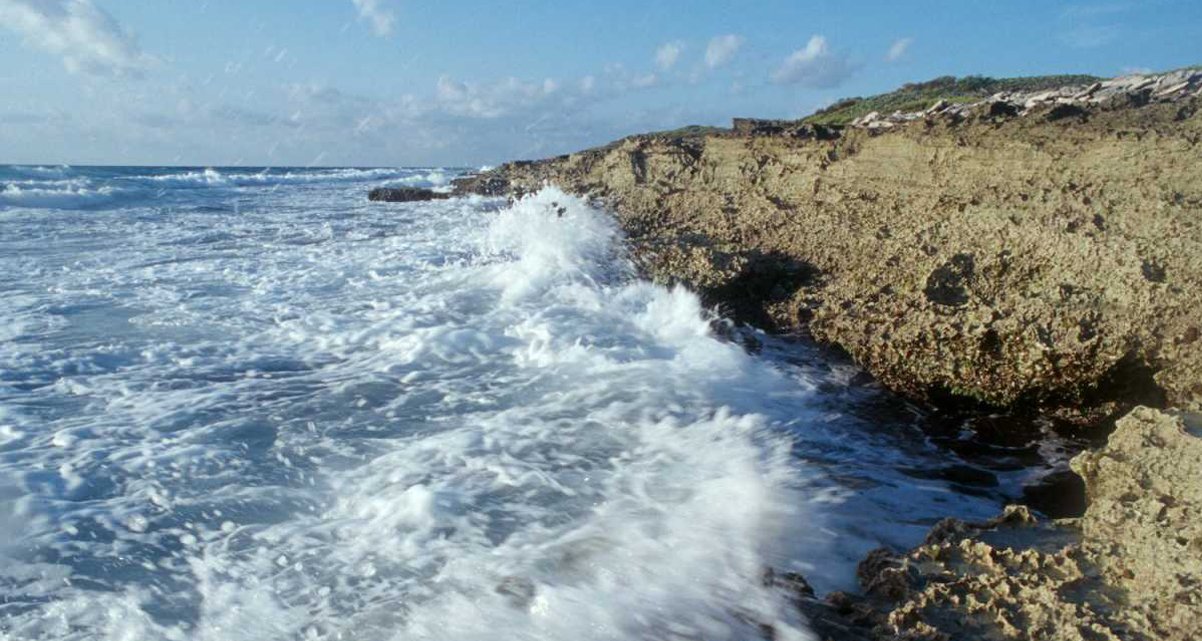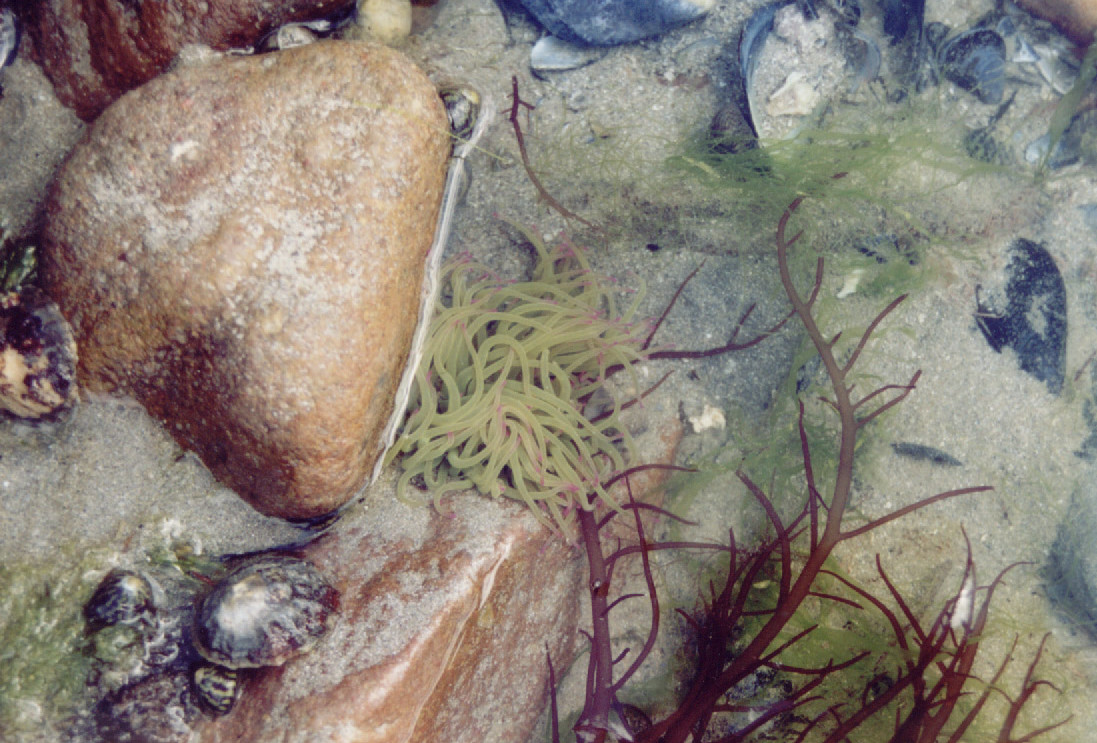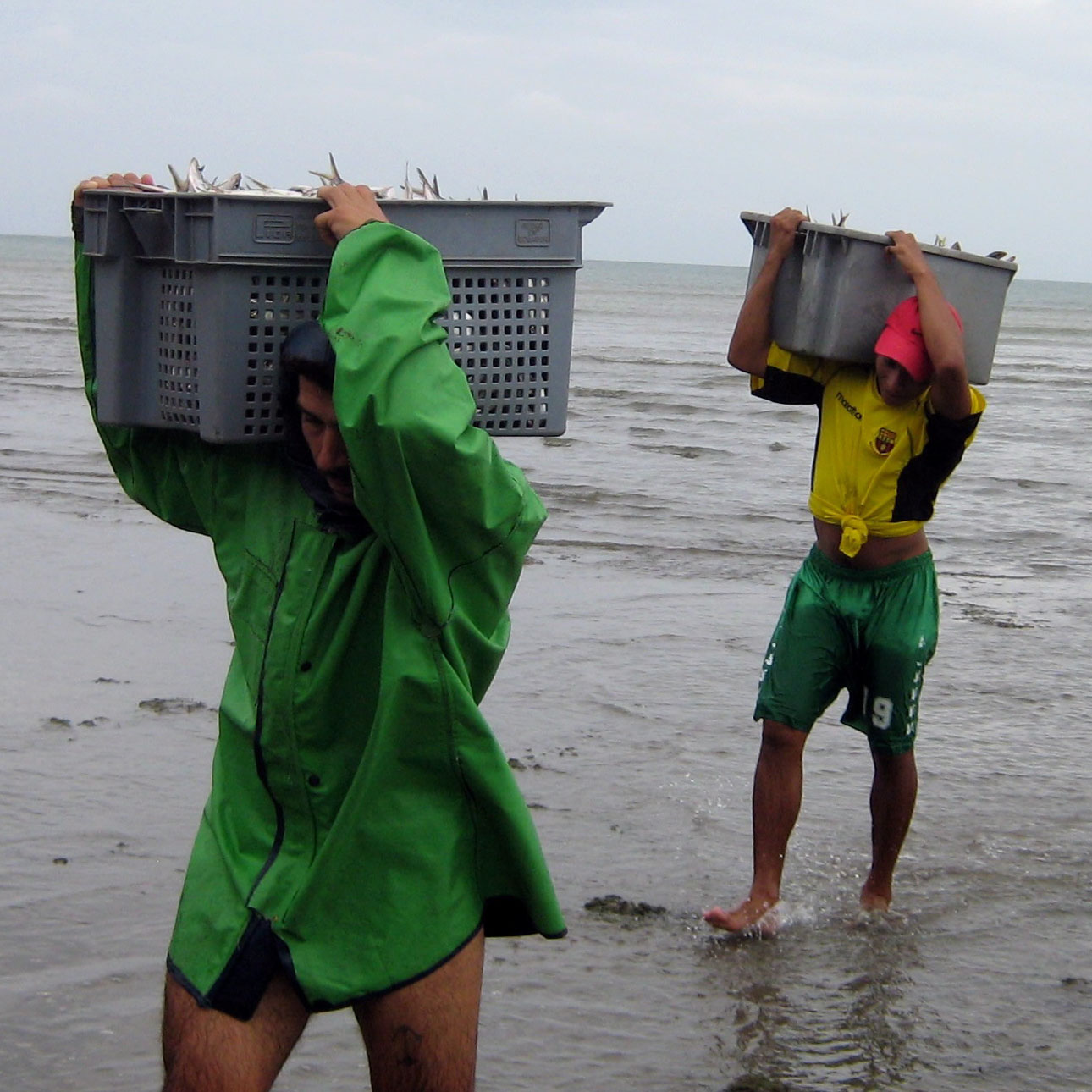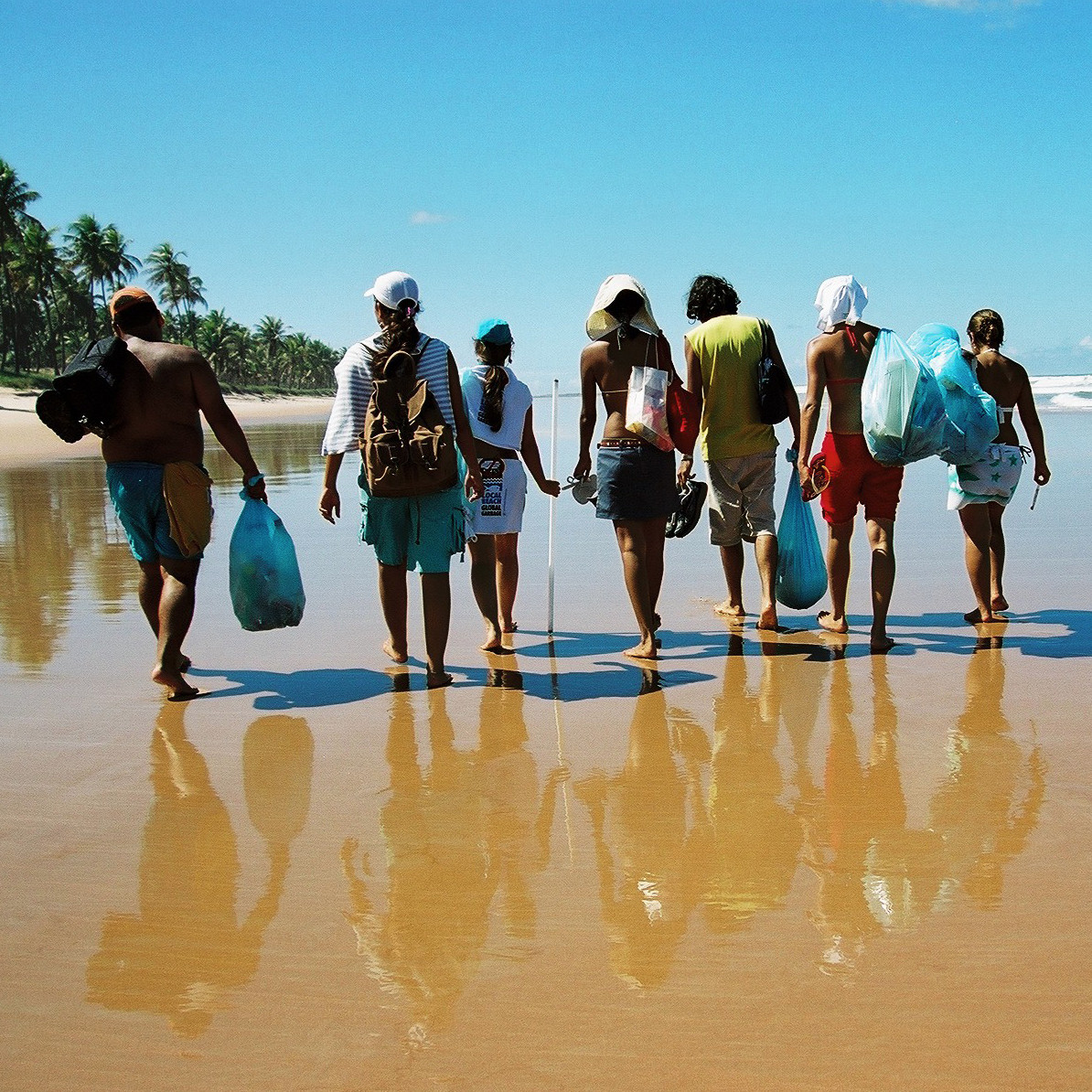
At First glance, nobody would suspect the special species diversity and population density to be found on coasts with soft, sandy or muddy soils, like the tidal flats. Not so on hard rocks, because anyone strolling along a rocky coast as the tide recedes will be struck immediately by the remarkable number of species and the concentration of animals and plants that would normally be lodged firmly below ground level. It would be easy to gather an inventory of over a thousand different species.
A prominent feature is the tiered population structure of tidal rocky coasts. The lowest sections of the shore are only exposed by extremely low tides (neap tides), and then only for a short while. The highest sections, on the other hand, are rarely submerged completely. Only the sea spray reaches them. Even on coasts with little or no tidal cycle, the action of wind and waves causes periodic drying up of certain areas.
Habitat for specialists
The living conditions under water and out in the air are so different that no organism can thrive equally well in both environments. Hence, different animal and plant communities inhabit different zones and regions of the shoreline. Moreover, each organism has a narrowly defined territory, which is restricted from above and below, because the physical conditions change very quickly, and the competition with better-adapted life forms can be extraordinarily great.
The continuous alternation of ebb and flow exposes all organisms in the intertidal zone to the danger of drying out. Unlike soft-substrate coasts, there is little chance of burrowing into the ground. While the mobile crabs can escape from the danger zone with the receding water, or seek out a rocky crevice or a rock pool left behind at low tide, the sessile species like algae, bivalves, anemones or barnacles must resort to other survival strategies.
Rocky coasts, then, generally exhibit three clear zones: a periwinkle zone (the splash zone or supralittoral), a barnacle or shellfish zone (intertidal zone or eulittoral) and an algae zone (the underwater zone or sublittoral).
The hard shells of bivalves and barnacles prevent water loss every bit as effectively as the mucilaginous film that covers sea anemones and many algae species. However, some algae can even tolerate desiccation of their tissues. The common rockweed (Fucus distichus) will survive water loss of 80 to 90 percent unharmed.
For the organisms in the intertidal zone, an even greater problem than cold or even frost is the intensity of solar radiation, and the resulting danger of overheating. To prevent overheating, a light body colouring or the structure of bivalve and mollusc shells reflect the sun's rays more effectively, or optimise the radiation of heat. Sessile forms are normally more tolerant of temperature fluctuations than free-swimming organisms in the same region.
Marine species
Almost all species in the intertidal zone originate from the sea, and have developed from completely marine forms. On shore they must often contend with water that has been considerably freshened by rain or river water. On the other hand, in pools and puddles, evaporation can leave salt levels two or three times higher than the salt content of sea water. While the majority of organisms in the open sea can only tolerate minor fluctuations in salt levels, many inhabitants of the intertidal zone are typically highly resistant to the effects of raised or lowered salinity.
Sessile periphytic organisms have to bear the consequences of the lack of water coverage at low tide, added to which the force of the waves can be violent at times. Although crevices, burrows and channels offer a certain amount of protection, the hard substrate makes retreating into the ground a near impossibility. Only in exceptional cases can plants or animals invade the rock – where it is formed from chalks or other soft materials, perhaps. The organisms living on the surface are therefore in constant danger of being swept away or injured by the wave action and tidal current.
And yet this biotic community is dependent on the motion of the water to bring them fresh food, wash away their excretions, and often also to disperse their offspring.




